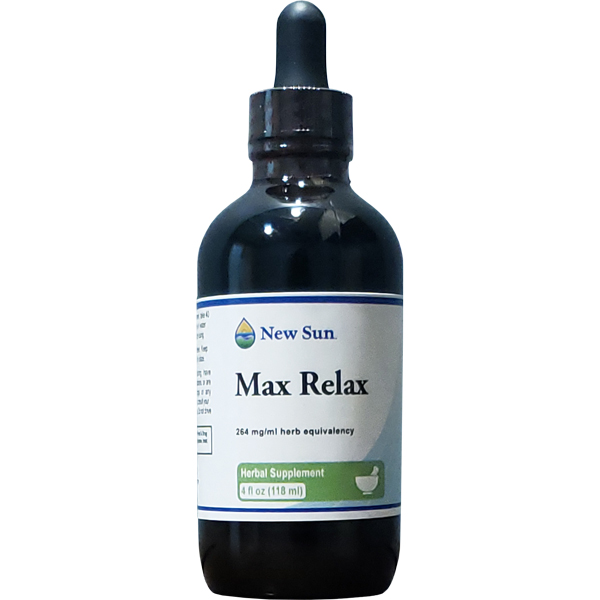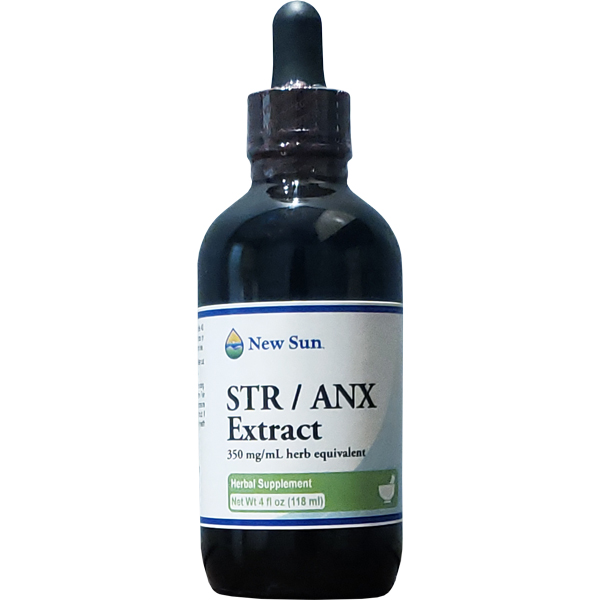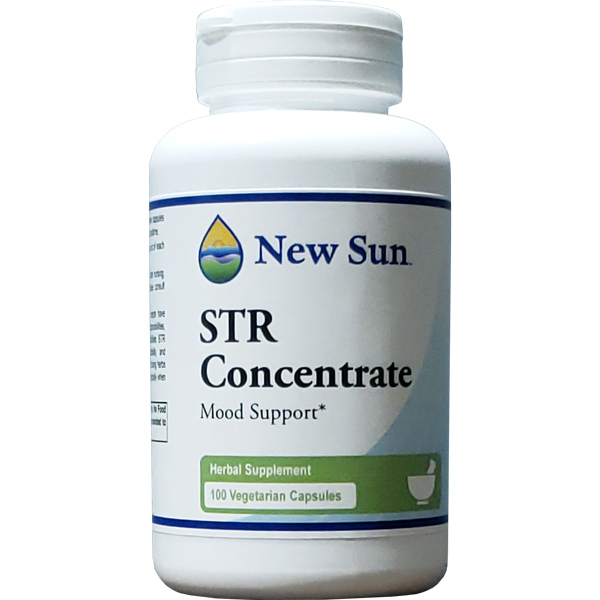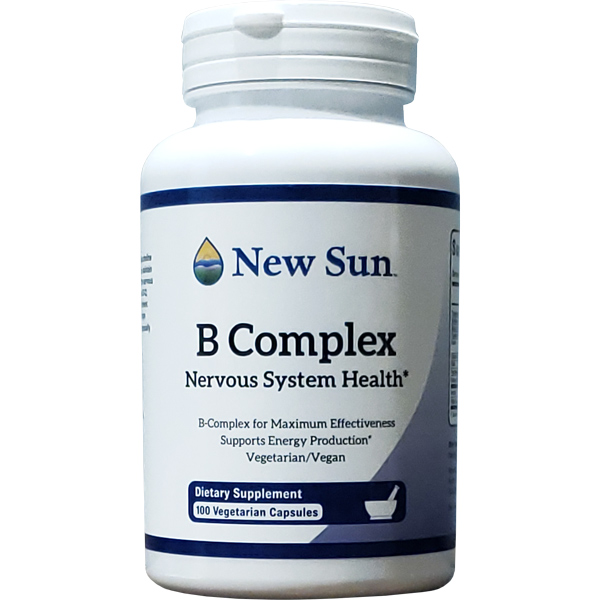Winter has arrived…in most parts of the country our houses are closed up tight to avoid the cold winter air and snow. If we have a fireplace, that helps fight the chill and creates a warm cozy feeling at the end of a busy day. We might even want to add candles to further enhance the atmosphere with soft, flickering light and a soothing aroma.
If you are like most people, the day doesn’t end at 5:00 o’clock. There is dinner to prepare, laundry to do, cleanup after dinner; and maybe then you will have time to cozy up on the rug and watch those burning embers before taking a nice hot soak in the tub!
Did you know that the indoor air we breathe can be up to five times more polluted than the air outside? The EPA (Environmental Protection Agency) has conducted several studies proving just that. Yes, most of us are familiar with secondhand smoke, radon gas and mold that impair our indoor air quality, but there is so much more.
Let’s get back to that cozy living room for starters. That fireplace, so inviting and warm, whether it’s wood burning or natural gas, gives off a colorless, odorless gas, carbon monoxide, as well as nitrogen oxides and sulfur dioxide. These gases can cause headaches, drowsiness, dizziness, respiratory issues, vision and brain function impairment, nausea and symptoms often mistaken for flu; and if the levels are very high it can cause death.
Solution: have your fireplace, chimney, ducts and flues checked and cleaned every fall before using. If possible, a window opened a little to allow better ventilation, is helpful.
Ahhhhh those aromatic candles! As much as we appreciate the atmosphere they create, candles do give off harmful gases and sediment, whether made from paraffin, vegetable oil, soy or beeswax. Most candles are made from paraffin, (even most of the expensive ones.) Paraffin is a byproduct of petroleum, coal or shale that go through a process for whitening using industrial-strength bleach. Acrolein, a chemical linked to the risk of lung cancer, is added to the wax as a solidifying agent. Add to that the artificial dyes and synthetic fragrances that often contain toxic plasticizers and solvents! Are you getting the picture as to what you are breathing into your lungs?
Solution: 100% pure essential oils diffused without heat. The oils have healing properties in addition to the wonderful aroma they create. If you are going to burn candles, purchase those made with beeswax or vegetable oils and with natural dyes and perfumes.
When preparing the evening meal for the family, the key here is ventilation, ventilation, ventilation. Gas stoves are the most worrisome as they emit more nitrogen dioxide which when mixed with the air creates nitric acid and toxic organic nitrates. These nitrates can irritate the lungs and lower resistance to respiratory infections such as influenza.
Solution: Make sure the kitchen is well ventilated during cooking and for several minutes after. You might want to invest in a high-quality fan, particularly a range hood to improve air quality. You should always use ventilation when cooking, not just when you burn something!
Dinner was served, so now for the clean-up. Household cleaning products are ranked number five on the list of common home indoor air pollutants. Most conventional cleaning products contain alcohol, chlorine, ammonia or petroleum-based solvents. All of these have adverse effects on health, causing headaches, eye and/ or throat irritations. Dangerous chemicals including VOC’s (volatile organic compounds) are released into the air causing or contributing to chronic respiratory problems and exacerbating allergies, asthma and other illnesses. Products containing VOCs include most aerosol sprays, chlorine bleach, oven cleaners, furniture and floor polish.
Solution: Use less common toxic products like hydrogen peroxide (for sanitizing, stain removal and bleaching), tea tree oil and water (for mold removal and as a disinfectant), grapefruit oil with water as a disinfectant and cleanser for counters), white vinegar (for cleaning glass and tile) and Miracle II soap (an all-natural concentrate for most cleaning projects.)
Meanwhile, in the laundry room, the clothing in the washer is also subject to pollutants from the detergent and fabric softeners being used. The labeling of ingredients on most commonly sold detergents is very vague, stating cleaning agents (anionic and nonionic surfactants), buffering agent, stabilizer, brightening agent and fragrance.
It’s difficult to tell exactly what is in detergent; however, studies have been conducted and documented and the following is a short list of those ingredients: Linear alkyl sodium sulfonates (LAS), petroleum distillates (aka napthas), benzene, phenols, nonylphenol ethoxylate, phosphates, sodium hypochlorite (household bleach), EDTA (ethylene-diamino-tetra-acetate) and artificial fragrances. Google these ingredients and you will learn the amazing amount of toxicity that can cause varying degrees of carcinogenic, reproductive, and allergic reactions from their use. Consider the release of these toxins into the air and also into our water system and eventually into our rivers and lakes. All this because we want clean clothes!!
But wait… we have to dry those clothes and guess what? Dryer sheets rank number two for indoor air pollution! You ask, “what could possibly be in dryer sheets?” Well, for starters, that waxy feeling when you touch the sheet is a surfactant compound that coats your clothes to make them soft. That compound is positively charged to help remove static. That compound in most cases is a mixture of quaternary ammonium salt, which is linked to asthma, silicon oil or stearic acid (derived from animal fat). These ingredients when heated in the dryer liquefy and coat your clothes with a fatty film which poses hazards. Add to that the fragrance that is added and you can bet it is artificial, causing more toxins to be released into the air. Those “clean” clothes you are wearing, making contact with your skin, (the largest organ in your body) are not only polluting the air while in the process of becoming clean, they are exposing you to harmful chemicals when you wear them!
Solution: Make it a point to read the ingredients, research them IF you are not sure, gravitate to “green or organic” products. Miracle II soap is safe to use in your laundry, because it is a concentrate, a little goes a long way. Pure essential oils work great when washing clothes as well as in the dryer. A few drops of grapefruit oil helps with disinfecting and is antiseptic. Lemon oil is antiseptic, as well as antibacterial so either of these in the wash not only make it swell great but have health benefits as well. For the dryer, I personally like lavender oil for my bedding and lemongrass for my clothes. Put a few drops on a clean cloth and put it in the dryer for a non-polluting, refreshing experience.
I suggested laying in front of the fire after dinner. Nice thought, but if you have carpet, make sure to lay a fresh clean blanket down since carpets rank number three for in-door pollution. Most carpeting contains high levels of VOC’s which are known to cause headaches, throat and eye irritation, allergies, confusion and drowsiness. Carpets that contain nylon and olefin are the biggest offenders. Regular exposure to high levels of these toxins can cause long-term health issues, including learning and memory impairment, birth defects, decreased fertility, and diseases of the liver, thyroid, ovaries, kidneys and blood. That’s very scary to say the least.
Solution: It’s nice to see that many people are now choosing hardwood flooring and natural stone for their homes. There are certified “Green Label Plus” carpets available which have been evaluated for low emissions of VOC’s. Not everyone can afford to replace the carpeting in their homes so it would be wise to invest in a high quality HEPA vacuum that can help remove many of the toxins without throwing them back into the air.
That relaxing bath awaits…. we want to make sure that when we are soaking in the nice tub of hot water with maybe some fluffy bubbles and the aroma of lavender permeating the air from that diffuser, that we are not polluting the air or soaking into our body harmful toxins. Miracle II soap with a few drops of 100% lavender oil is sure to make the stresses of the day melt away and help with a peaceful night’s sleep.
New Sun has been involved in the natural health field since 1987. Our mission is to help inform people about alternative ways to improve their health, well-being and environment through natural means. We are stewards not only for ourselves but to all that we treasure in our journey that we call life. Let us be wise stewards.
These statements have not been evaluated by the Food and Drug Administration. These products are not intended to diagnose, treat, cure, or prevent any disease




